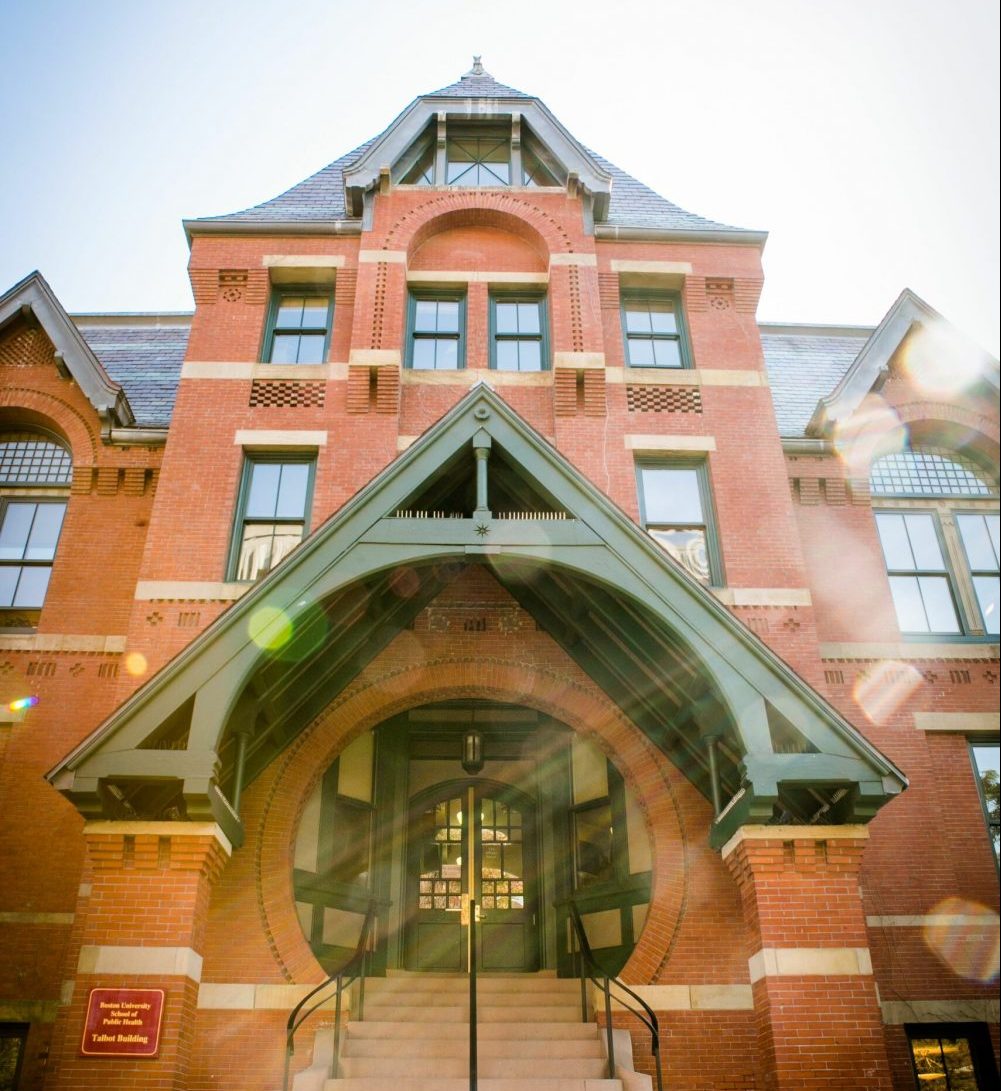Facing Our Past on Indigenous People’s Day.

Facing Our Past on Indigenous People’s Day
On the need to acknowledge historic injustice to begin shaping a healthier future for native populations.
Every now and then, we encounter a data point that is truly shocking, telling a story of much poor health. The news that Native American life expectancy declined from 72 years in 2019 to about 65 years in 2021 is such a data point. Such a drop is, frankly, staggering. A 6+ year life expectancy decline reflects a true crisis within a population. To put it into perspective, the drop in overall US life expectancy in recent years, from about 79 in 2019 to 76.1 in 2021, has prompted some commentators to call it a sign of national decline. If overall declines in US life expectancy were enough to spark national soul-searching about the foundational drivers of this poor health, the even more significant life expectancy loss suffered by Native Americans should prompt similar reflection. Yet, so far, it has not.
This week, the country will observe Indigenous Peoples’ Day. This reflects perhaps an important opportunity for engaging with the foundational drivers of Indigenous health, to give Indigenous populations the attention they deserve, with the aim of informing a conversation that supports a healthier status quo for these groups.
Our first question in this conversation should be: what is the cause of poor health among Indigenous populations? Certainly, the recent life expectancy decline reflects the challenge of the COVID moment, which hit Indigenous populations particularly hard. But COVID cannot be the whole story. Health is downstream of powerful social, economic, environmental, and political forces. To understand a trend in health, it is necessary to look at how these forces shape the lives of populations. When it comes to Indigenous health, one force stands out as an inescapable influence: history.
他
It should not take a steep decline in native life expectancy for us to give the health of Indigenous populations our full attention. Yet we have indeed neglected giving these populations this attention, even as we have worked to address other tragedies in American history that shape health in the present. Now that we have seen the poor health of Indigenous populations reflected in the starkest possible terms, we have a responsibility to address the structural forces that caused it. This means first acknowledging the history that underlies so much of poor health among Indigenous peoples.
新兴市场
These poor health indicators are foundationally driven by a range of socioeconomic factors, including poverty, educational disparities, lack of effective health service delivery, and the broader conditions of social and political marginalization in which many Indigenous people live. During the pandemic, we saw how the social determinants of health shaped the experience of American Indian and Alaska Native populations, placing their health at risk. Challenges such as poverty, lack of access to nutritious foods, and trauma informed by a past and present often characterized by racism and discrimination all helped shape a context of vulnerability which let COVID-19 take hold, generating a range of comorbidities which deepened the harm caused by the virus when it struck.
Th
Warm regards,
Sandro
Sandro Galea, MD, DrPH
Dean and Robert A. Knox Professor
Boston University School of Public Health
Twitter: @sandrogalea
Acknowledgement: I am grateful to Eric DelGizzo for his contributions to this Dean’s Note.
Previous Dean’s Notes are archived at: /sph/tag/deans-note/
